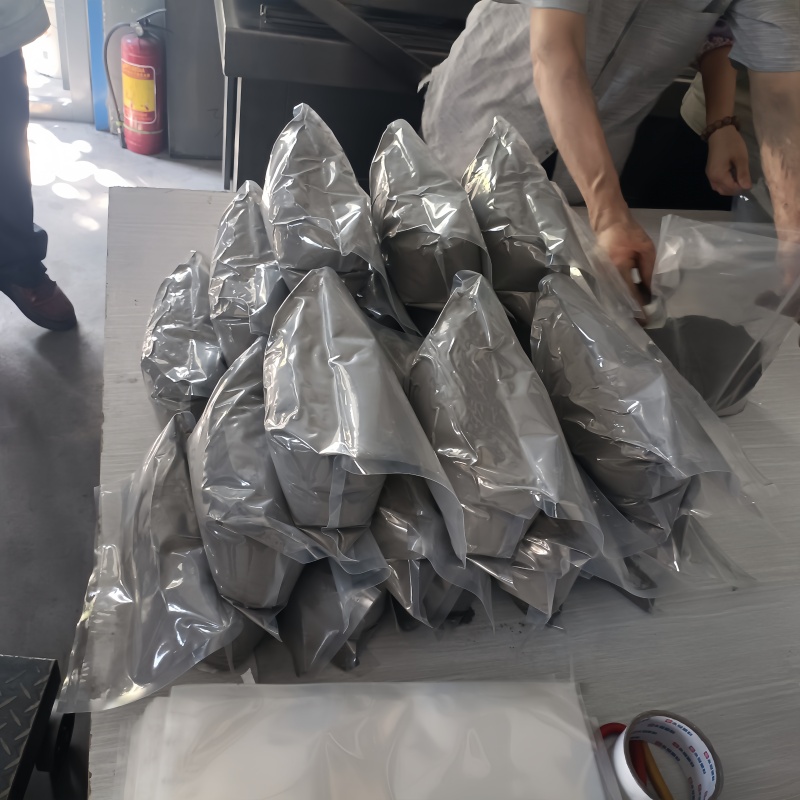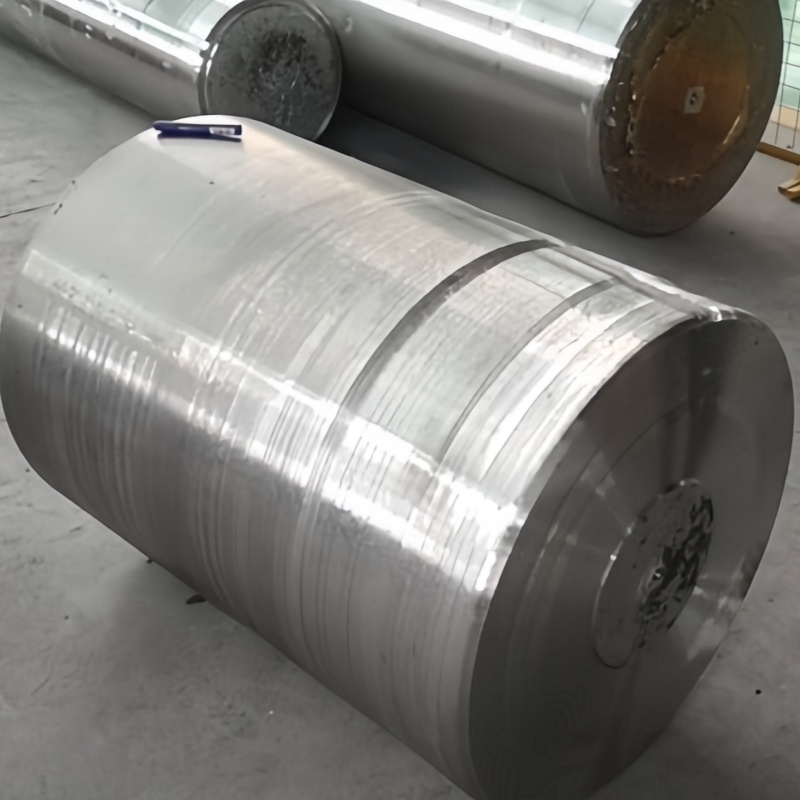
We all know that titanium alloys react with oxygen, hydrogen and other gases at high temperatures to form a layer of oxide and getter layer. This suction layer will not only affect the appearance quality of titanium alloy, but more importantly, it will deteriorate its processing performance. We usually call it "black skin".
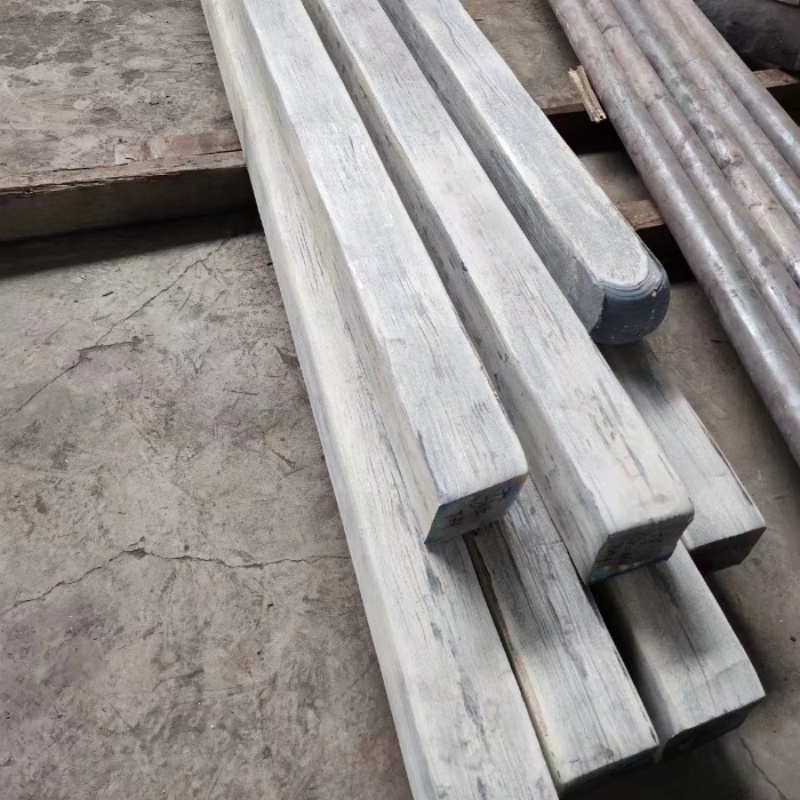
Hydrogen, in particular, can absorb hydrogen. Generally known as "Hydrogen Embrittlement" (Hydrogen Embrittlement) : When hydrogen atoms penetrate into the inside of titanium, they will accumulate in the internal microstructure of titanium, resulting in a significant decrease in the plasticity and toughness of titanium, thereby increasing the brittleness of titanium. This increased brittleness can cause the material to suddenly break without significant deformation.
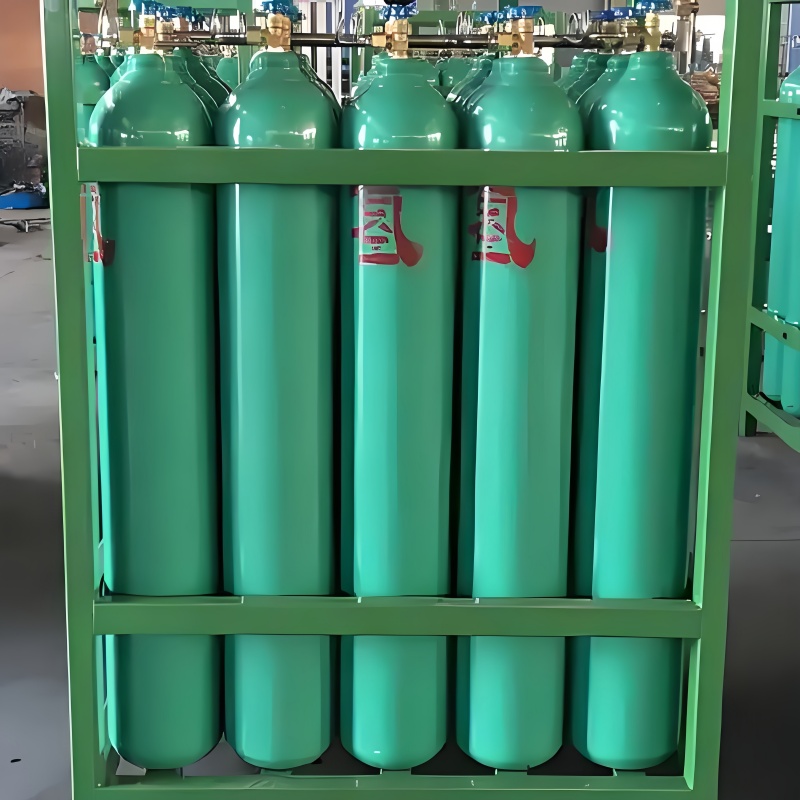
When the hydrogen content of titanium reaches 0.008%-0.015%, acicular hydride phase precipitation in titanium can be observed by metallographic microscope. With the further increase of hydrogen content, the number of hydrides and the volume of hydrides increased. There are roughly the following situations in which titanium absorbs hydrogen to form hydrides leading to corrosion damage:
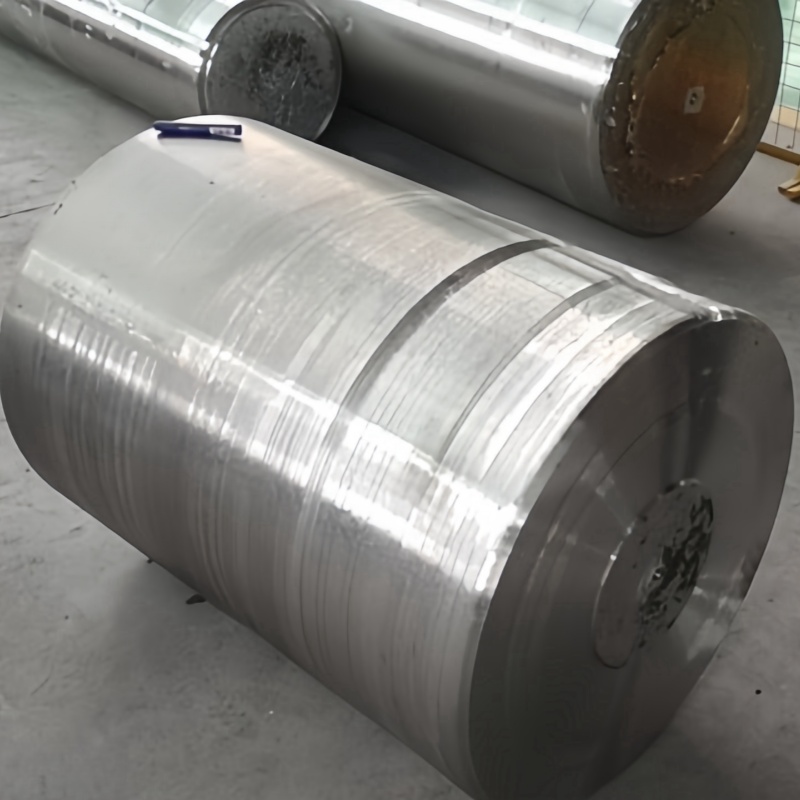
one Accelerated surface corrosion. If the diffusion rate of hydrogen is slow, the hydride is mainly concentrated in the surface, then the surface hydride brittle spalling occurs, resulting in corrosion, and the weight loss is significantly increased.
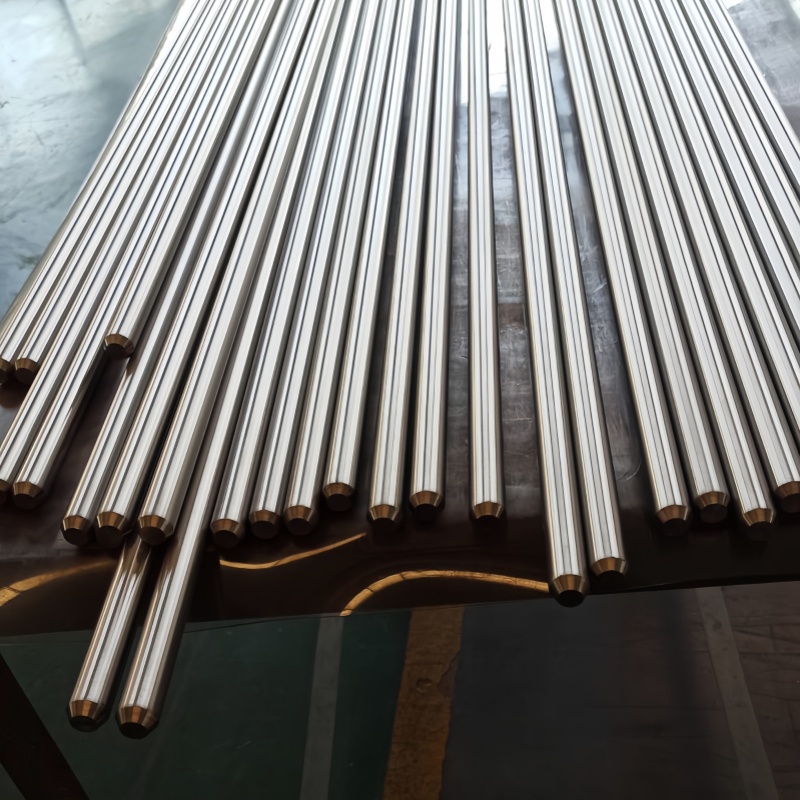
2. Hydrogen induced cracking. If hydrogen diffuses to the location where the stress field is concentrated to form hydrides under the action of stress, hydrogen-induced cracking will be formed due to the diffusion of internal micro-cracks under the action of stress.
3. Hydrogen embrittlement failure. If the titanium rod matrix starts from the surface to absorb a large amount of hydrogen to embrittlement, it will lead to hydrogen embrittlement damage of the titanium material itself.
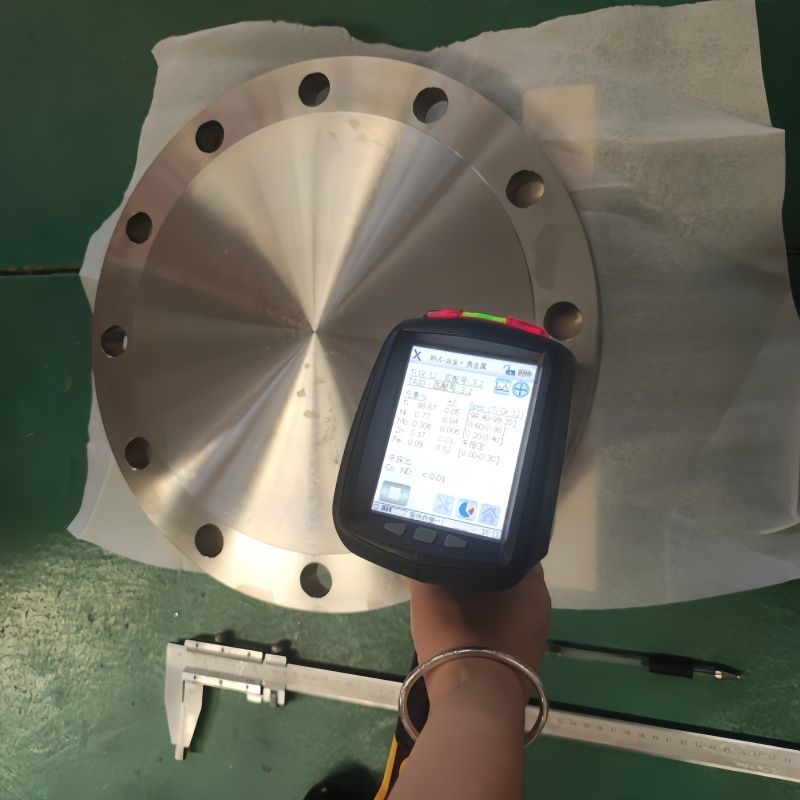
In order to reduce the adverse effects of hydrogen on titanium properties, the following measures are usually taken:
1. Dehydrogenation treatment: The hydrogen content of titanium by vacuum annealing in the production process.
2. Argon shielding gas is used to reduce pollution throughout the production process.
3. Control of heat treatment process: Reasonable heat treatment process can reduce the risk of hydrogen embrittlement.
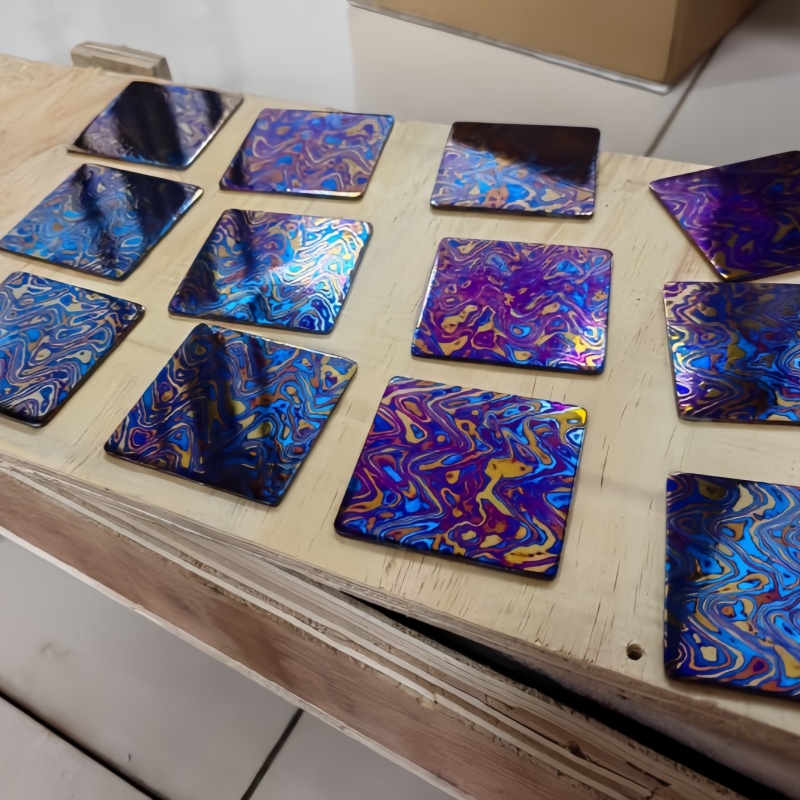
The scientific name for titanium and hydrogen is the solid substance titanium hydride, which has the chemical formula TiH2. Titanium hydride is a grayish white powder, its density is 3.76 g/cm³, much lower than the density of titanium (4.51 g/cm³), but its hardness is much higher than titanium, is a very hard material.
The characteristic of titanium hydride is that it can release hydrogen gas at a certain temperature and pressure, which is called "dehydrogenation" or "desorption".
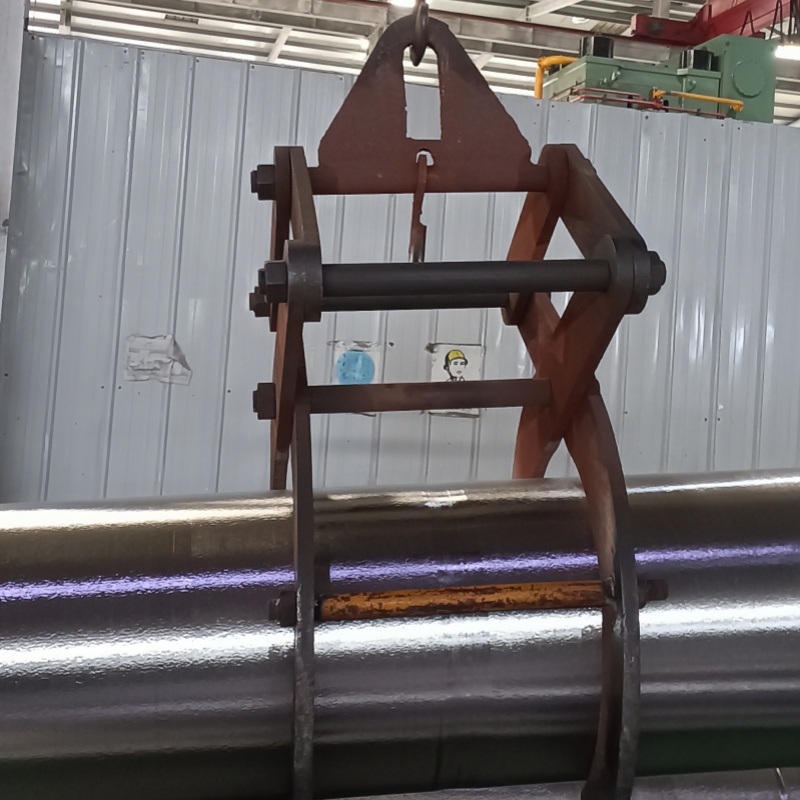
It is this property of titanium that we use to produce titanium powder, also known as hydrogenation dehydrogenation (HDH). It is also possible to take advantage of the properties of titanium: to store hydrogen gas for use as fuel or other purposes. Titanium hydride is a potential hydrogen storage material, which can solve the transportation and safety problems of hydrogen and provide possibilities for the development of hydrogen energy.
